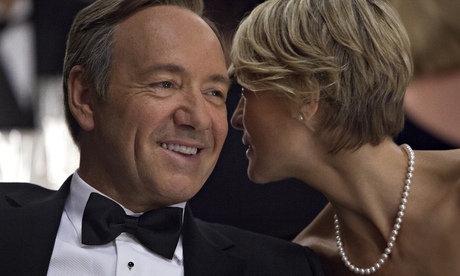
The composer and aesthete Lord Berners was a famous eccentric who hated sharing railway compartments with strangers and developed a sure-fire way of ensuring that he travelled alone. He would stand at the door of his chosen compartment, maniacally beckoning people in. This being England, no one ever entered.
Nowadays, the same effect may be achieved by telling people that you wish to engage them in a discussion about net neutrality. You get the glassy smile, the sideways glance checking the location of the nearest exit, the sudden remembering of things that have to be done at that very moment, and all the other evasive tactics deployed by those who find themselves in the presence of a madman.
And yet, net neutrality is important. In the US four million people got so fired up about it that they wrote to Tom Wheeler, the chairman of the Federal Communications Commission (FCC), because they suspected he was about to renege on the sacred principle. Recently, even President Obama got in on the act, making a speech arguing that the FCC should create “a new set of rules protecting net neutrality and ensuring that neither the cable company nor the phone company will be able to act as a gatekeeper, restricting what you can do or see online”. Neutrality, Obama said, “has been built into the fabric of the internet since its creation – but it is also a principle that we cannot take for granted”. The FCC should “implement the strongest possible rules to protect net neutrality”.
To understand this you need to know something of how the internet works. Basically it does so by breaking every communication into small pieces called data packets. Think of them as electronic envelopes: inside each is a small segment of an email, a photograph, a music track, a telephone conversation, whatever. So an email might be broken into dozens or hundreds of packets. These packets are dispatched across the net towards their destinations, often travelling by different routes and arriving in a different order from that in which they were dispatched. On arrival they are reassembled into their correct order by TCP (transmission control protocol) software.
The early internet treated all packets as equals and gave none privileged treatment. The network was, in that sense, truly neutral. For applications such as email and file transfer, that was fine, but once people started coming up with new applications, such as streaming media or voice over internet protocol, strict neutrality came to be seen as sub-optimal. After all, if the successive packets of a video or a voice conversation have to be painstakingly reassembled at their destination, then the quality of the communication starts to degrade: videos and audio recordings stutter; voice communication breaks up. So to deal with this, the original strict neutrality principle had to be pragmatically weakened: all bits might be created equal, but some bitstreams needed special handling. The important thing was that erosions of the neutrality principle happened for engineering rather than commercial reasons.
As an organising principle, net neutrality explains why the internet has enabled such an explosion of creativity over the past 30 years. It meant that if you were smart enough to invent something that could be done with data packets, then the internet would do it for you with no questions asked. What that meant was that the barriers to entry for innovators were incredibly low – which is why Tim Berners-Lee was able to launch the web and a Harvard sophomore named Mark Zuckerberg could unleash Facebook on an unsuspecting world. Net neutrality created what the Stanford scholar Barbara van Schewick calls “an architecture for permissionless innovation”.
The current hoo-hah in the US was triggered by the decision of some ISPs (such as Comcast) to charge content providers such as Netflix to provide fast lanes to get films to subscribers. This was seen as a threat to net neutrality, because it means that those with the deepest pockets get priority for their bitstreams. This seems to me to be a bad idea – ultimately raising the barriers to entry, privileging corporations over other users and reducing the disruptive potential of the network.
On the other hand, net neutrality needs to be treated more as a pragmatic aspiration than as holy writ. It needs to be reinterpreted from time to time to stay relevant to changing technological conditions – which is why it made sense once to accept that packets carrying streaming media or voice calls should be handled differently from those carrying email or web pages. If the FCC is looking for a principle, it is that technological changes should be made for engineering, not commercial, reasons. Will the agency’s chairman, who used to be a telecoms lobbyist, see it that way? Is the Pope a Protestant?

